A PVC hose adapter is a fitting used to connect a garden hose to a PVC pipe. It typically has one end designed for a hose connection (often barbed) and the other end designed for a PVC pipe connection (usually threaded).
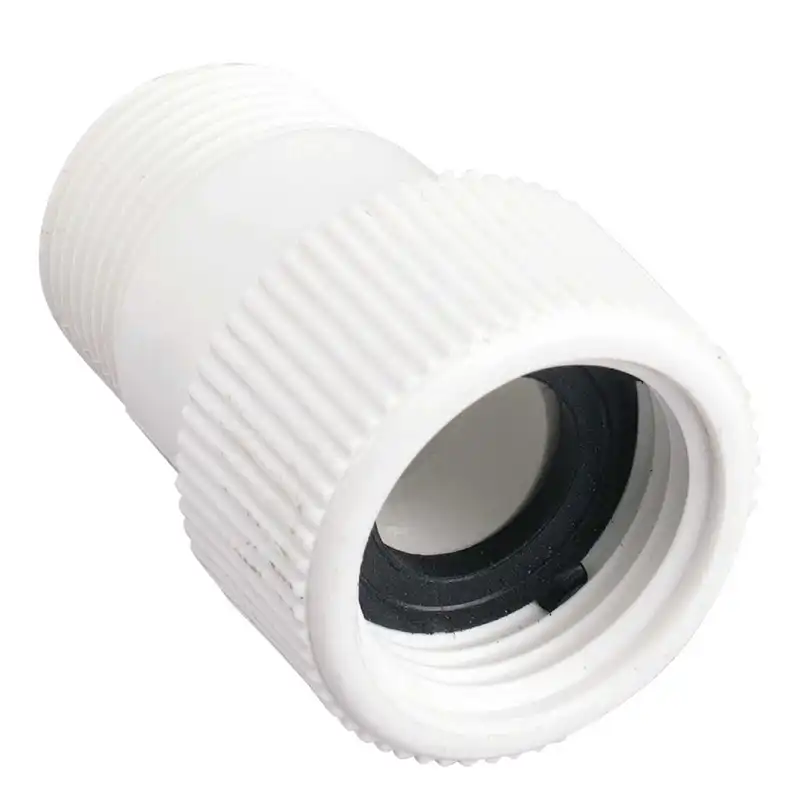
A PVC garden hose adapter for garden hose is a versatile connector that allows you to seamlessly connect your garden hose to PVC pipes. It’s a must-have tool for any gardener or homeowner looking to efficiently water their plants or landscape.
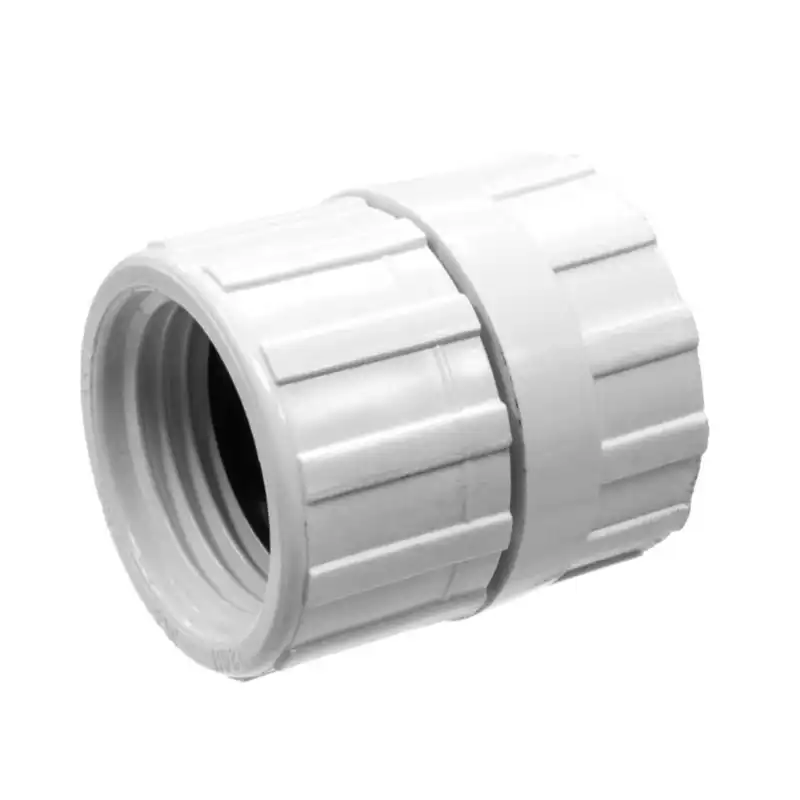
PVC to water hose adapter is a essential fitting that allows you to seamlessly connect a garden hose to a PVC pipe. It typically features a barbed end for the hose connection and a threaded end for the PVC pipe.
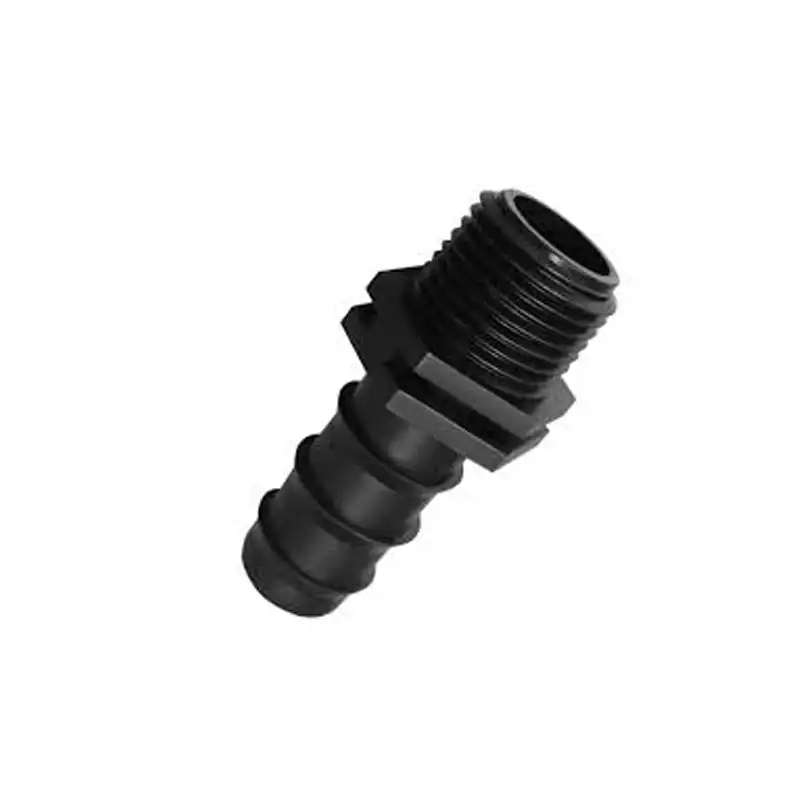
This is the most common type, featuring a barbed end for easy hose connection and a threaded end for secure PVC pipe attachment. Ideal for general-purpose irrigation and plumbing applications.
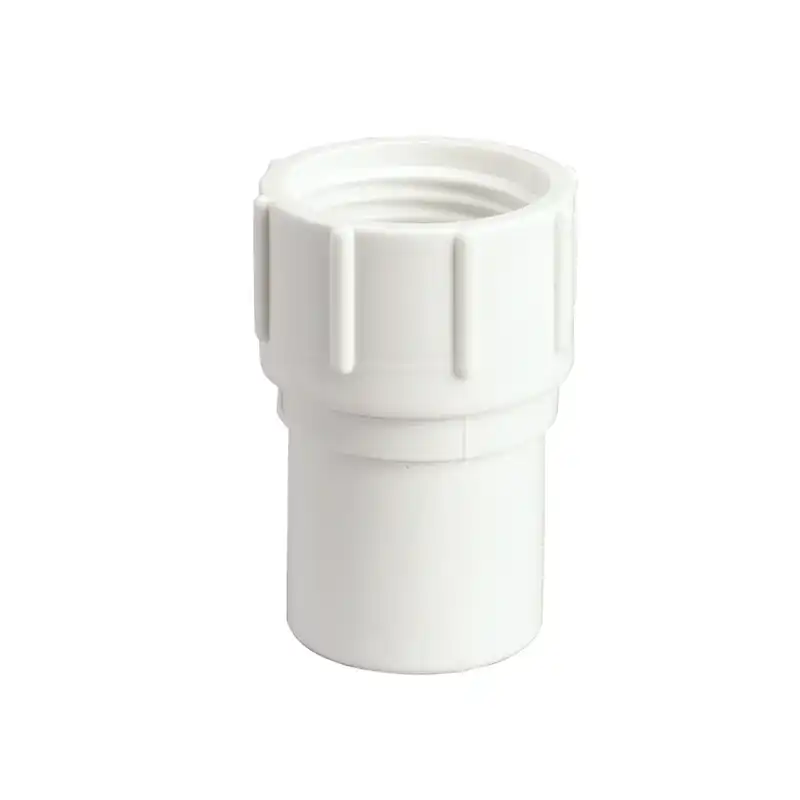
Designed for quick and easy connections, this adapter has a slip-fit end on one side and a barbed end on the other. Perfect for temporary or frequently changing connections.
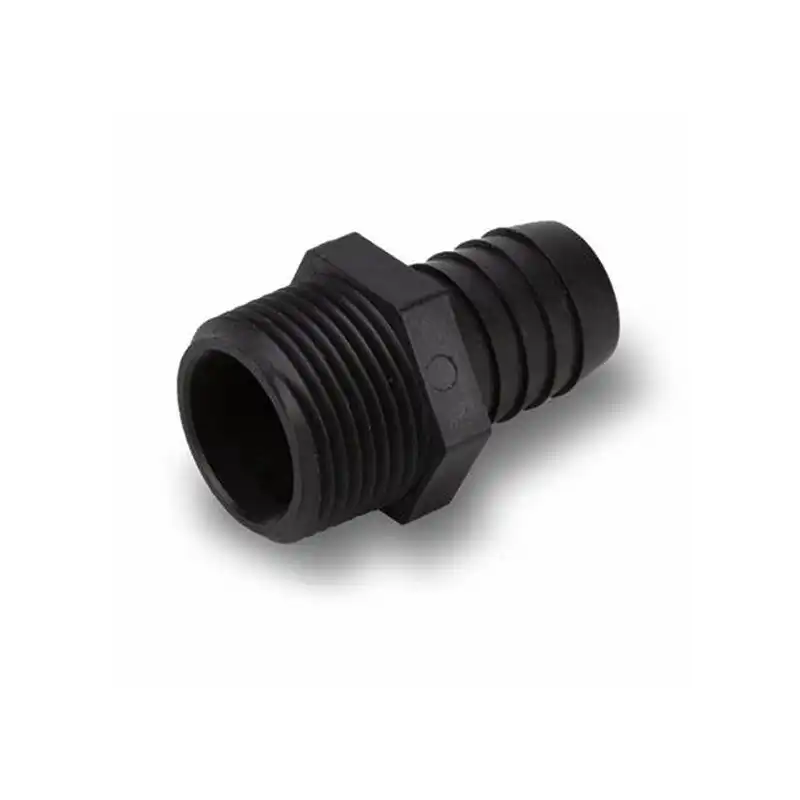
With barbs on both ends, this adapter allows for connecting two hoses together. Useful for extending hose reach or creating a Y-shaped connection.

This adapter has threaded ends on both sides, making it ideal for connecting two threaded PVC pipes or fittings. Commonly used in industrial and commercial applications.

Featuring a swivel joint, this adapter allows for flexible movement, preventing hose twisting and kinking. Great for outdoor use and applications requiring mobility.

Equipped with a backflow preventer, this adapter prevents water from flowing backward into the supply line, protecting against contamination. Essential for potable water applications.
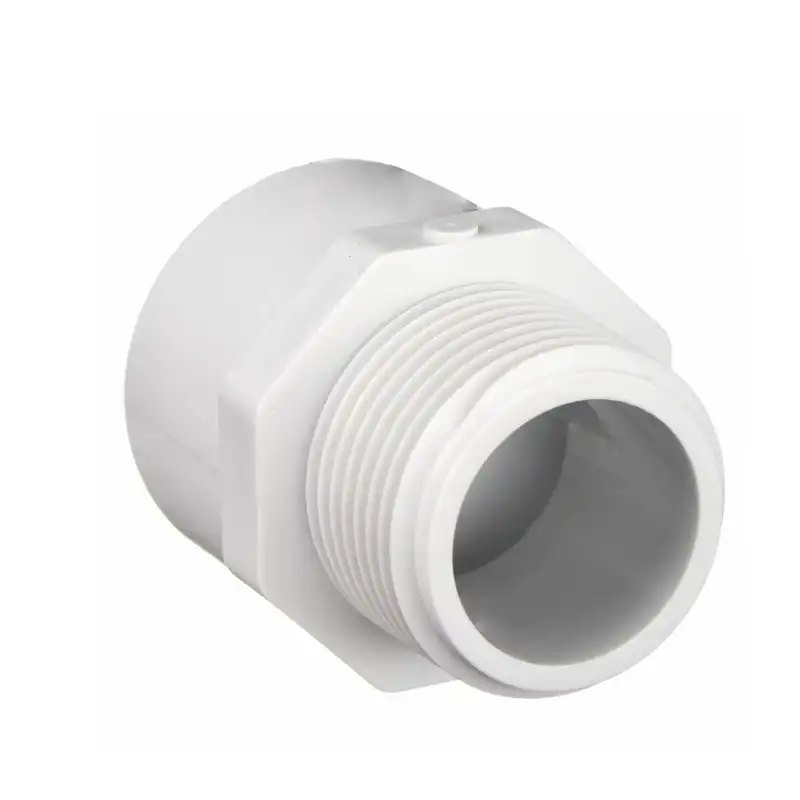
Designed to relieve excessive pressure in the system, this adapter helps prevent burst pipes and damage. Ideal for high-pressure applications.
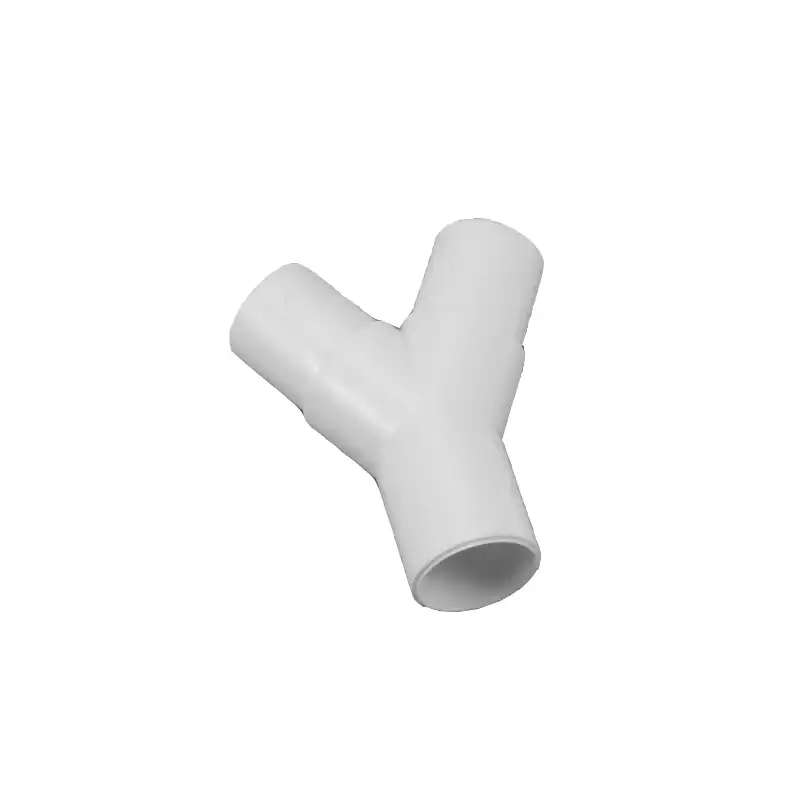
This adapter creates a Y-shaped connection, allowing for the distribution of water to multiple outlets. Useful for garden irrigation and other applications requiring multiple connections.
A PVC Adapter is a fitting used to connect PVC pipes of different sizes or to connect PVC pipes to other types of plumbing fixtures.
PVC (Polyvinyl Chloride) is a common material used for pipes and fittings in various applications, including plumbing systems, irrigation systems, and industrial processes. PVC adapters come in various shapes and sizes to accommodate different needs.
Here are some common types of PVC adapters:
PVC adapters are typically made from PVC material, ensuring compatibility with PVC pipes and fittings. They are available in a variety of sizes and thread types to suit different applications.
Would you like to know more about specific types of PVC adapters or their uses?
Connecting PVC to a flexible hose requires a specific type of adapter that is designed to bridge the gap between the rigid PVC pipe and the flexible hose material.
Here’s a step-by-step guide:
Choose the right adapter: The adapter should have a barbed end for connecting to the flexible hose and a threaded end for connecting to the PVC pipe. The size of the barbed end should match the outer diameter of the hose, and the thread size should match the PVC pipe.
Prepare the PVC pipe: If the PVC pipe has a burr or sharp edge, use a pipe cutter or deburring tool to smooth it out. This will prevent the adapter from leaking.
Assemble the adapter: Screw the threaded end of the adapter onto the PVC pipe. Make sure it’s securely tightened to prevent leaks.
Connect the hose: Push the barbed end of the adapter onto the flexible hose. The barbs will grip the hose and create a secure connection. You may need to use a hose clamp or lubricant to ensure a tight seal.
Here’s a visual representation:
By following these steps, you can successfully connect a PVC pipe to a flexible hose.
A PVC garden hose is a flexible hose made from polyvinyl chloride (PVC) material, commonly used for watering gardens, lawns, and other outdoor areas. PVC hoses are a popular choice due to their durability, flexibility, and resistance to chemicals and harsh weather conditions.
Key features of PVC garden hoses:
PVC garden hoses are available in various lengths, diameters, and thicknesses to suit different needs. Some hoses may also have additional features like kink resistance, reinforced walls, or built-in nozzles.
When choosing a PVC garden hose, consider factors such as the size of your garden, the desired water flow rate, and any specific requirements you may have.
Here’s a step-by-step guide on how to use a hose connector:
Here are some additional tips:
By following these steps, you can easily and securely connect your hoses using a hose connector.